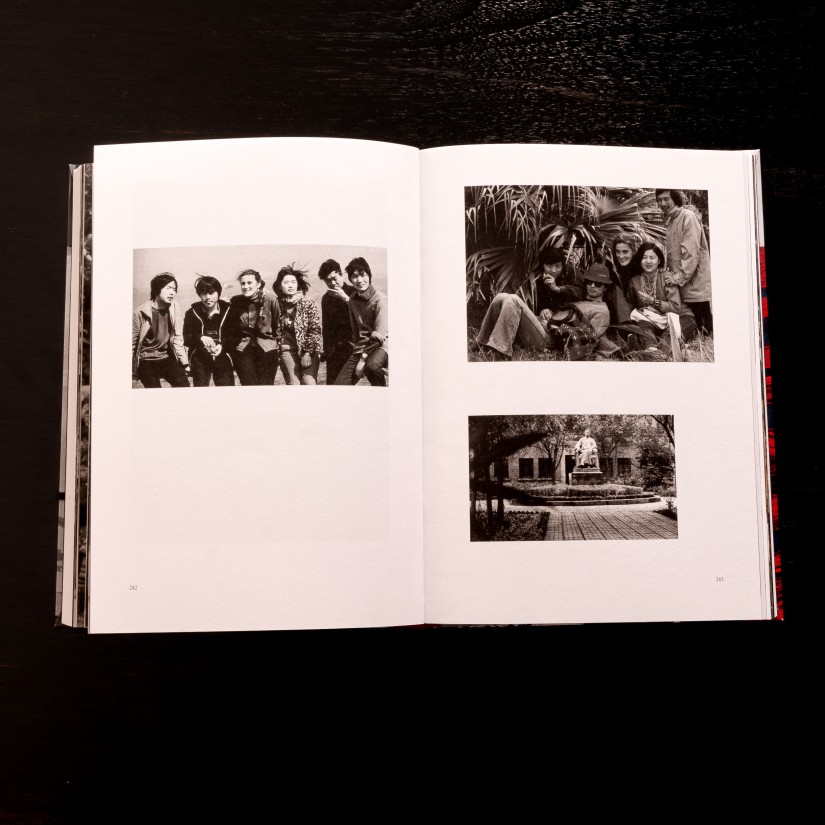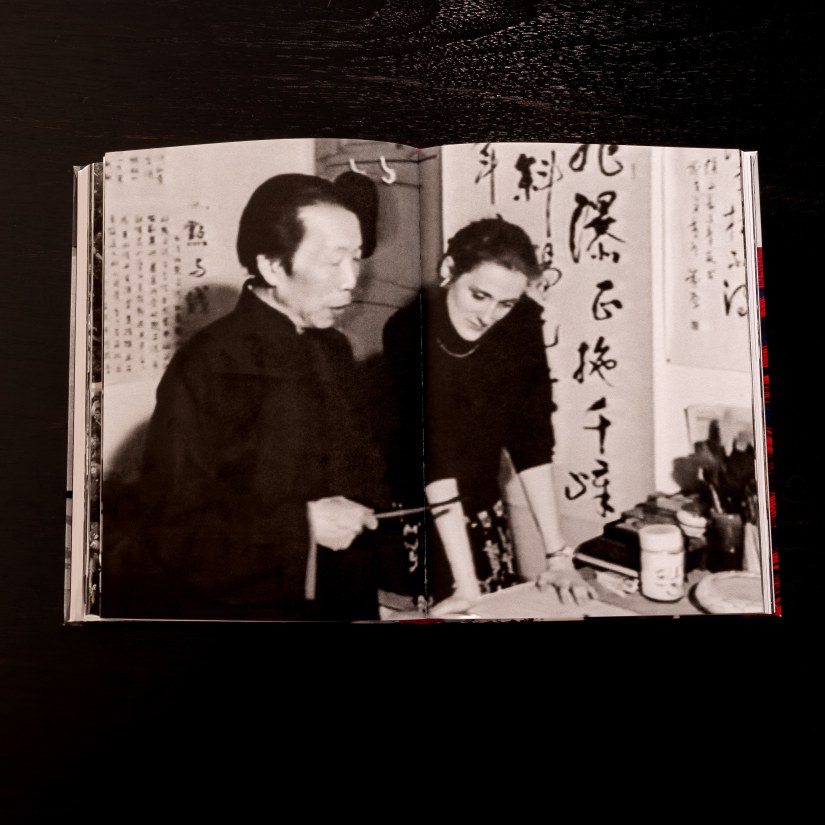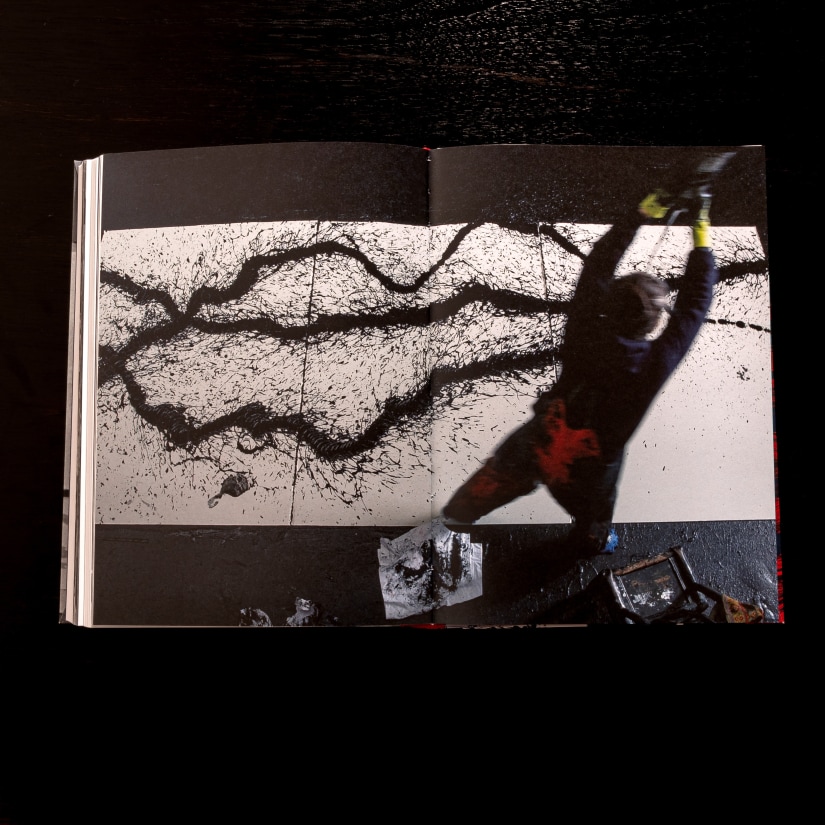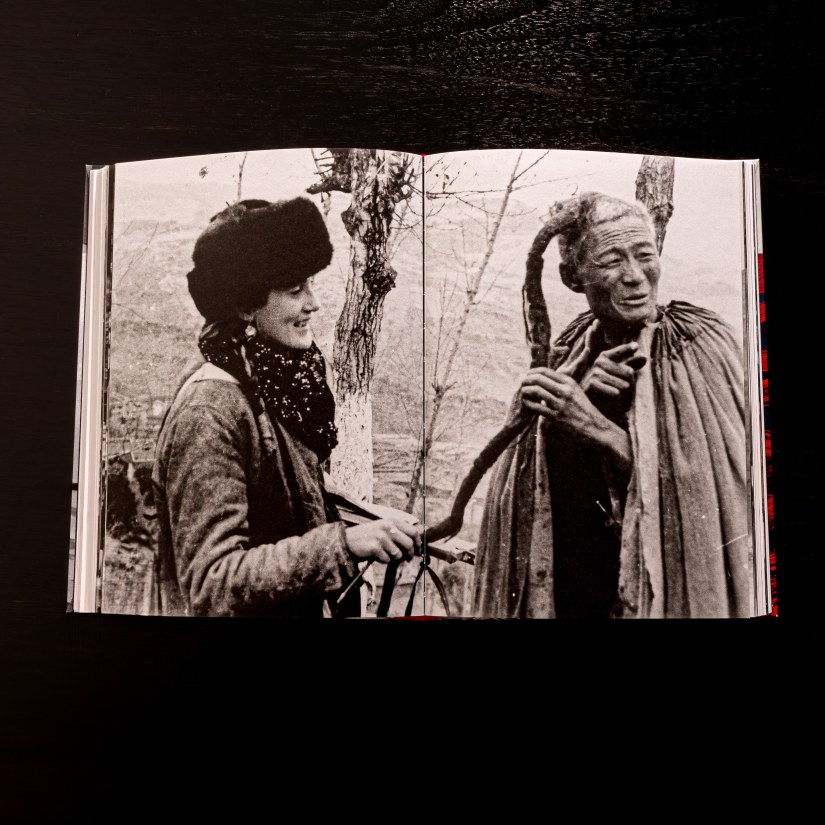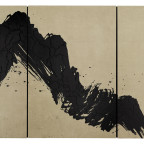Publisher: 5 Continents Editions
Dimensions: 16.5 x 23 cm
'Passenger of Silence: My quest for the Ancient Arts in Post-Cultural Revolution China' is Fabienne Verdier’s first-person account of her extraordinary journey as an art student living and studying in China in the years following the Cultural Revolution. Passenger of Silence has already been published in six different languages, but never translated to English; this new translation unlocks Verdier’s captivating story for anglophone audiences.
In Verdier’s transportative tale, first published and a bestseller in France in 2005, she tells her story, which begins with both a profound awareness of the need for solitude, and a conviction that what she was looking for in painting could not be found in Western art. A brilliant fine arts student in the early 1980s, she travelled to China where she would stay for several years, driven by a desire to learn first-hand the ancient Chinese arts of painting and calligraphy.
Accepted as an international student by one of the best – and most remote – fine arts schools in China at that time, the Sichuan Academy of Fine Arts, run by the Communist Party, Verdier finds herself isolated yet utterly determined to adapt to her new environment. While she observes the arduous dedication of the students and discovers inspirational folk legends within the peaceful oasis of secluded tea houses, she also encounters considerable poverty and squalor, with limited opportunities to access fresh running water, filthy living quarters and an unfamiliarly strict administrative system. Through perseverance and chance encounters, Verdier overcomes language barriers and intense isolation to develop her life in China and to eventually seek out and study under master artists practising in secret.
Understanding that Verdier wished to develop her painting practice, these respected mentors first introduced her to the complex techniques and theoretical framework of traditional Chinese calligraphy, guiding her through its poetic language and philosophical roots as the first essential step toward this goal. Verdier’s memoir and travel journal develops into an inspirational account of artistic dedication as she follows their rigorous instruction, delighted to have found vestiges of an older civilization. She describes the deep spiritual instruction of this teaching as she eventually develops her own style of painting, blending East Asian inspiration with European materials to forge a truly unique artistic voice.
Today, Verdier enjoys a career as one of France’s best known contemporary painters and shows her work internationally.









